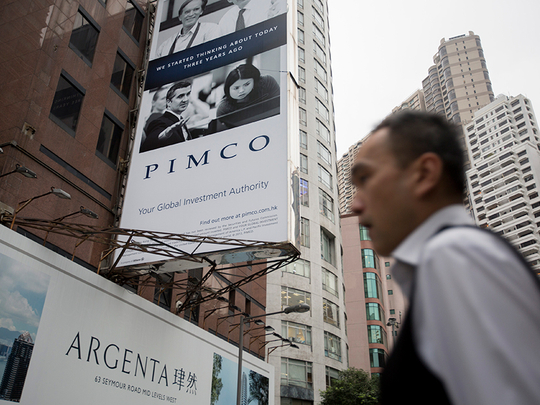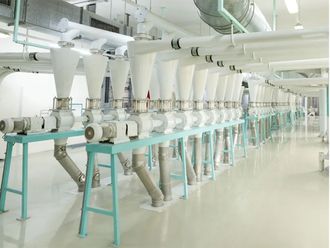
London: Treasuries advanced for a second day after the Federal Reserve kept interest rates near zero. Pacific Investment Management Co says policymakers may wait until next year before raising them.
Ten-year notes built on Thursday’s gain after the Fed cited low inflation and the uncertain outlook for global growth in its policy statement as reasons to delay raising borrowing costs. Yields on two-year debt, which are more sensitive to Fed policy, were little changed after tumbling on Thursday by the most since March 2009, when the central bank said it would increase bond purchases to stimulate the economy. JPMorgan Asset Management said the Fed’s statement was good for bonds, and it still likes debt due between seven and 10 years.
“It’s a pretty close call on December now,” Mike Amey, a London-based money manager at Pimco, said on Bloomberg Television. “The Fed is clearly worried about the inflation situation and whether they’ve got any traction on inflation. The jury is out on December. If you put a gun to my head, I would say probably 2016.”
Benchmark 10-year note yields fell six basis points, or 0.06 percentage point, to 2.13 per cent as of 3:25am. New York time, according to Bloomberg Bond Trader data. The 2 per cent security due August 2025 rose 18/32, or $5.63 per $1,000 face amount, to 98 7/8.
The two-year note yield fell less than one basis point to 0.67 per cent, after falling 13 basis points Thursday. Two-year notes are on pace for their first three-week advance since February.
More uncertainty
Fed officials said in their policy statement Thursday that recent global developments “may restrain economic activity somewhat and are likely to put further downward pressure on inflation.” The Fed’s preferred gauge of inflation, linked to consumer spending, hasn’t been above the central bank’s 2 per cent goal since March 2012. The most recent data showed that it climbed by 0.3 per cent in July from a year earlier.
“One thing we’re focused on is how this impacts inflation expectations,” said Michael Pond, head of global inflation- linked research in New York at Barclays Plc, one of 22 primary dealers that trade with the Fed. “While the Fed did come out with a dovish tone, they’re still pointing to a hike later this year.”
Even with the rate-hike delay, market-based measures of inflation expectations declined on Friday. The break-even rate, which measures the difference between yields on the five-year inflation-linked Treasury note and the equivalent nominal debt, fell to 1.19 percentage points, on track for its biggest drop since early August.
The Federal Open Market Committee has held its overnight rate near zero since the depths of the financial crisis in December 2008. The central bank’s chair, Janet Yellen, said during a press conference that most policymakers still expect to raise rates this year.
Lacking clarity
Traders are pricing in an 18 per cent probability of the Fed raising rates at its Oct. 27-28 meeting, based on the assumption that the effective fed funds rate will average 0.375 per cent after the first increase. The chances of a move by or at the December meeting are 44 per cent, down from 64 per cent on September 16.
“People were looking to the Fed to supply clarity and they didn’t, and that just shows you how uncertain they are,” said Craig Collins, managing director of rates trading at Bank of Montreal in London. “With the unclear situation, that’s only positive for bonds, and the rally that we’ve seen seems like it’s set to continue.”
The latest statement and press conference made it tougher to discern the outlook for Fed policy going forward, said Jim Vogel, an interest-rate strategist with FTN Financial in Memphis, Tennessee.
“You can’t trade ahead of a Fed that can’t adequately explain where it’s going,” he said.












